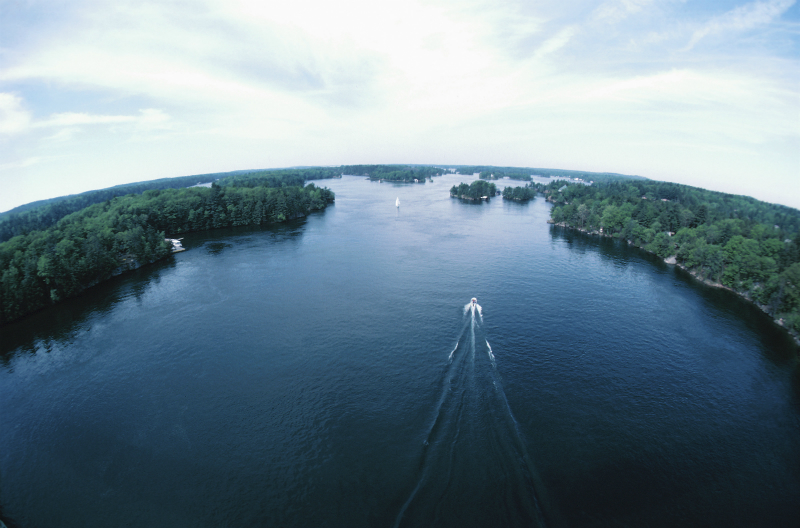Plan 2014 a win for Lake Ontario and St. Lawrence River wildlife
This is a historic moment for freshwater conservation in Canada.
Nearly two years after the International Joint Commission (IJC) submitted Plan 2014, designed to better manage water level and flow for Lake Ontario and the St. Lawrence River, Canada and the United States have agreed to adopt it. This will be the biggest ecosystem restoration endeavour in Canadian history, re-establishing the natural flow of the lake and river, restoring over 26,000 hectares of wetlands, boosting hydropower production and increasing the resilience of hundreds of kilometres of shoreline in both countries.
It’s a crucial step toward improving the health of Lake Ontario and the St. Lawrence River.
The natural variability of water level and flow are essential components of healthy, resilient ecosystems. But for 50 years, the current management plan focused on converting our lakes and rivers into highways, or seaways, without heeding the cyclical needs of nature. The result: Fifty years of habitat loss and degradation.
That’s why in 2011, early in the process, we got involved. Plan 2014 was our best shot at improving the health of coastal habitats for wildlife that depend on them, while balancing the needs of boaters, property owners, the shipping industry and other uses.
We have supported Plan 2014 for years, by:
- helping bridge communities;
- convening a multi-stakeholder dialogue in Quebec to work through diverse perspectives and develop a common understanding of the benefits and opportunities of Plan 2014;
- testifying to IJC commissioners to share with them the knowledge we had about the St. Lawrence River and its ecosystems;
- meeting repeatedly with bureaucrats, politicians and binational partners to ensure evidence-based information was being shared with the public and decision-makers.
And, we appealed to you. You helped us get the word out about Plan 2014’s importance and urgency. WWF-Canada supporters even made submissions to the IJC during the public comment period. Together, over the past two years, more than 36,000 individuals, 57 organizations and 39 business leaders fought to see this important plan adopted.
Now we stand together to encourage both governments to act quickly to implement the plan to stop the degradation of this region, already harmed by alteration of flows, overuse of water, habitat fragmentation, pollution and invasive species.
We’ll be looking for a transparent and diverse governance system that reflects the interests of all stakeholders, as well as long-term monitoring to assess the impact of the plan, and the ability to adapt management as needed.
But for now, with you, we celebrate this success. Plan 2014 is an exceptional example of the power of patience and perseverance when combining research, data and long-term partnership building across an array of sectors for the betterment of a crucial ecosystem. This result demonstrates that it is possible to create conservation measures that benefit freshwater species and habitat, local communities and industry all at the same time.


